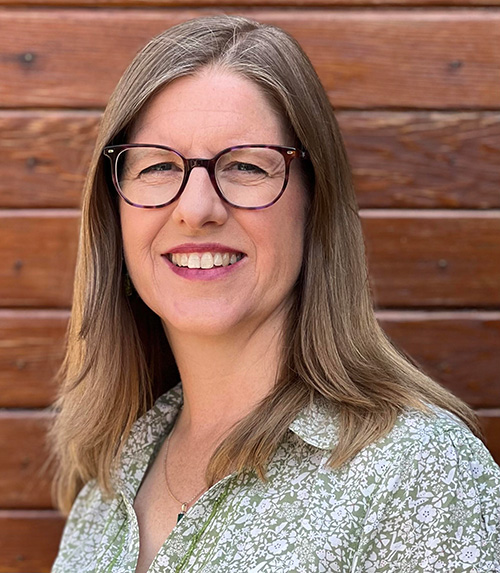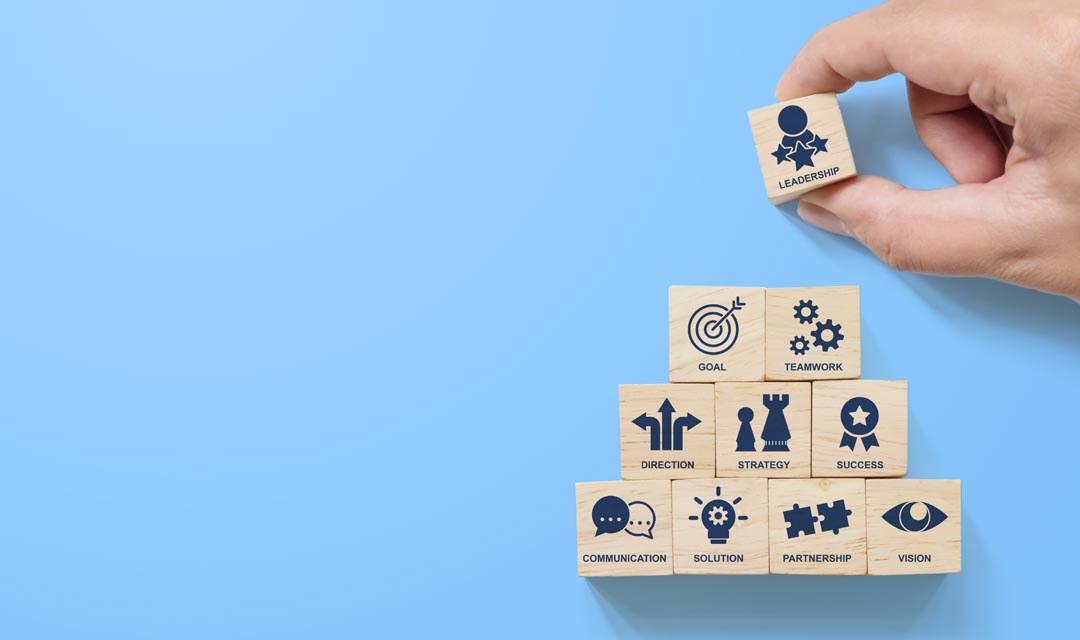This month Michelle Parry-Slater is an open book about the challenges of writing
This month my book, The Learning and Development Handbook is three years old. Writing that book taught me so much about myself and expectations on learning new skills.
Who was I to write a book? I couldn’t write because I wasn’t the right person
Writing the book was really hard for me, which came as a surprise. A big surprise! I had written short form content for many years – blogs, articles, tweets (remember them?). I had worked in learning and development for years designing and developing learning content. I had been a conference speaker for years. So how challenging could it actually be to write down my thoughts, ideas and frameworks which I had used with my clients for years? Turns out, really tricky.
Frozen in fear
I was so honoured to get a publishing contract with Kogan Page that I was embarrassed to say anything to anyone when I sat down to write the book and I simply couldn’t. I was paralysed with fear. It was both the enormity of the 90,000 word task ahead but also fear of being found out – who was I to write a book? The narrative I told myself was I couldn’t write because I wasn’t the right person. Negative self-talk is never helpful.
I procrastinated for months. I looked at that blank piece of paper for months. I worried about being found out. Then one day, walking the dog, a kairos* moment hit me – the realisation that I had never written a book before and so I simply didn’t have the skills to do so. All the other things I had done in L&D started somewhere once.
So of course I couldn’t write a book: I didn’t know how, I didn’t have the experience. I was putting myself under so much pressure to do something yet these were skills I had not acquired. It was like a slap in the face wake-up call. Sure I had written short form, but that was like riding a bicycle. Writing a book was like expecting myself to jump on a motorbike for the first ever time and ride off safely and speedily. As I walked I realised I would never expect anyone in work to do something new without support, guidance, or learning. So I did something I need all people in work to do: I asked for help.
Working through the challenge
I gave a call to Roisin Woolnough, an excellent copywriter who knows the L&D space. We chatted and discovered the specific thing I was struggling with was finding my written voice. If you asked me about any of the chapter topics I could speak about them for hours. So why couldn’t I write them down? Roisin suggested I record myself speaking about the topic and she would type it up to help me see my voice written down. I talked into my phone and pinged it off, and Roisin worked her magic and returned it to me. We then talked through the differences of verbal and written communication. This worked perfectly to teach me where my written voice was lurking.
As my book is designed with short reads for busy people and long reads for more in-depth thinking, Roisin and I worked together on the short reads as part of my learning. Reading those words, editing them to be more like me, and speaking them out loud in my office I learn the difference between written content and spoken content. I found my written voice with a mentor, a teacher and a guide. I developed new skills. Understanding the process between thoughts and coherent writing enabled me to write the rest of the book unaided, but feeling supported.
You don’t know what you don’t know
The skill of identifying what you don’t know is difficult for people to notice, let alone articulate. If you are working in L&D and expecting your learners to understand when or how to ask for the help they need to do their jobs, you may be waiting a long time as they stare at their own blank piece of paper. There is so much emotion wrapped up in that need for help. And the confusion of not understanding why you are struggling.
Empathy is an overused and under-activated word, yet as learning designers we really need to empathise and understand our learners’ worlds to help them to help themselves identify the solutions they need to learn, grow and change their professional practice. This process starts with good thinking. Giving yourself and learners the thinking time they need to understand themselves and their needs is useful to be built into the learning process. Without my dog walks, I doubt The Learning and Development Handbook would ever had been written. How are you creating kairos* moments?
- Kairos: the concept of kairos time is why my learning consultancy is called Kairos Modern Learning. Kairos time is when we step off of the treadmill of the chronological world, ‘chronos’ time, when we allow ourselves to visit the thin space, the deep thinking, the right conditions to find our inspiration, our reflection, our learning. We need to build in kairos time into modern learning life, which is busy and chronos fuelled. Kairos time for me is often found on a dog walk, in the shower, stirring a risotto. How about you?

Michelle Parry-Slater, is director of Kairos Modern Learning and author The Learning and Development Handbook




